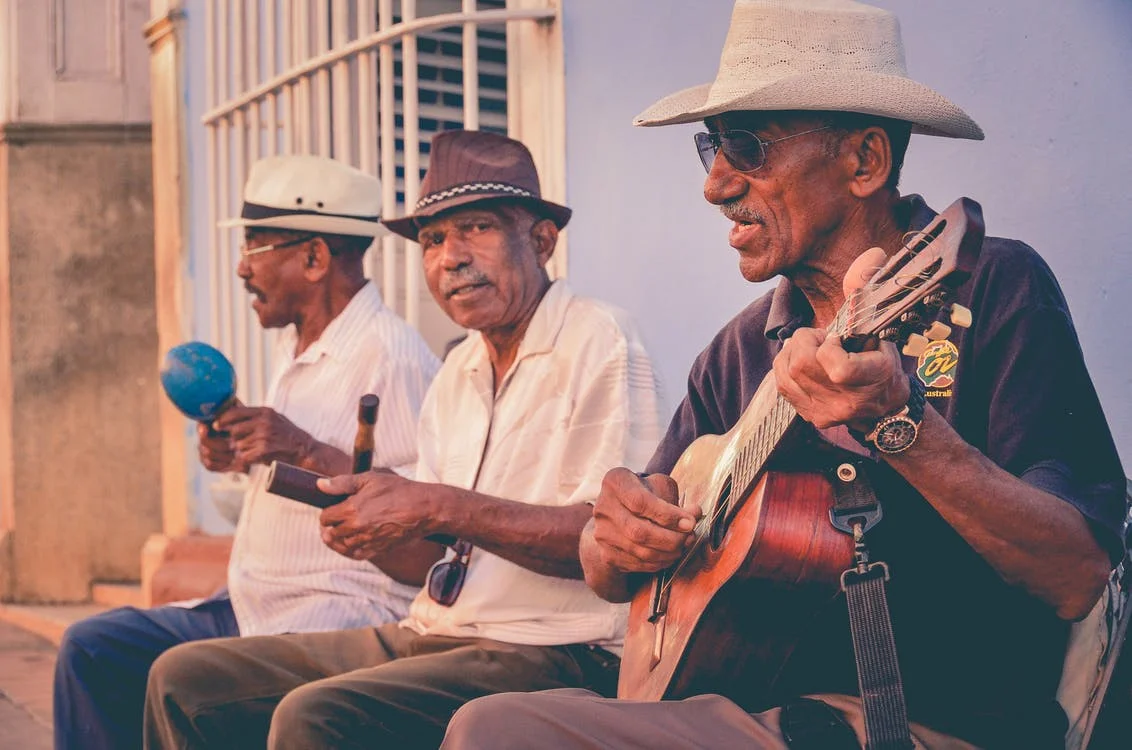3.3 Contributions of Spanish music to Cuban music.

As a result of the Hispanic settlement in Cuba, Spaniards from different regions (Andalusian, Canarian, Castilian, Leonese, Navarrese, and Basque) arrived on the island. Later, Asturian, Galician, and Catalan immigrants also arrived. They had diverse professions, including soldiers, priests, merchants, farmers, artists, and adventurers. Their arrival initiated a population shift, producing changes in the social and cultural landscape of our country and significantly influencing Cuban music.
The Spanish brought their music with them, along with their instruments, songs, and melodies. Several Cuban musical genres originate from Spain, including our current lullabies and children’s songs, the songs of Altares de Cruz, Punto Guajiro, and neighborhood Christmas parrandas, among others.
Spanish music contributed melodic structures and plucked string instruments to Cuban music, especially the Spanish guitar, also known as the classical or flamenco guitar. Contributions such as the accompaniment of the cajón, castanets, handclapping, and heel tapping are still used by groups performing flamenco music in Cuba.
The Hispanics also introduced literary forms, both oral and written, such as the décima and the cuarteta, to Cuba. These forms were of utmost importance to Cuban music, as they would later be used in essential genres such as the rumba. Their songs and verses are composed in quatrains or décimas. The décima has been fundamental to the composition and improvisation of our people.
The Spanish, from the beginning of colonization, created military bands that led to music schools for those born in Cuba.
All these elements intervened directly or indirectly in the process of shaping Cuban music.








